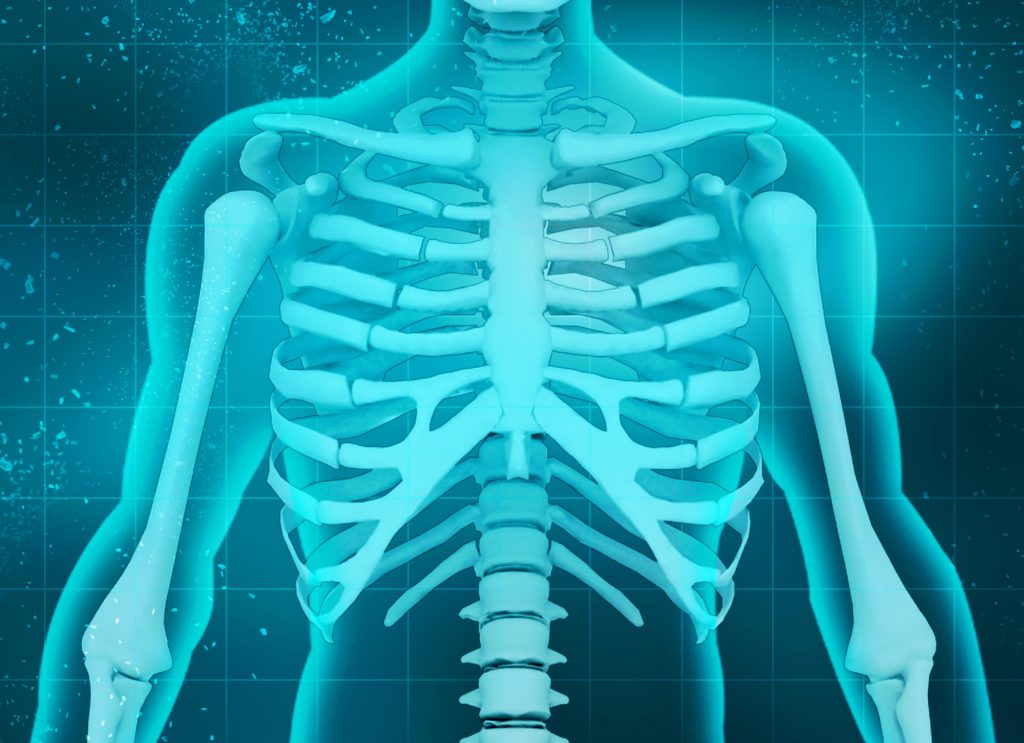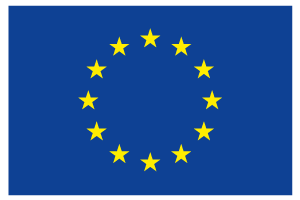
Bone health and the impact of glucocorticoids on bone is considered one of the highest concerns of patients with DMD and their families. Moderate and high dose corticosteroids are often used to treat conditions with chronic inflammation, including DMD. A common and clinically impactful side effect of corticosteroid treatment is osteoporosis that causes bone fragility, with pharmacological corticosteroid use accounting for over 50% of all cases of bone fragility due to osteoporosis. Both vertebral and long bone fractures can lead to early loss of ambulation and severely impact mobility, while vertebral fractures can be associated with chronic pain.
Bone health outcomes are included in the Phase 2b study as it is important to show vamorolone is less toxic to the skeleton than the high dose glucocorticoid therapy that is used as part of conventional therapy for DMD.
The bone study, in collaboration with Dr. Leanne Ward, Professor of Paediatrics and Research Chair in Paediatric Bone Health at the University of Ottawa, Canada, will evaluate the effect of vamorolone compared to prednisone on bone markers (bone density, bone mass, frequency and severity of vertebral fractures, and frequency of long bone and other fractures). It will include a central reading of bone investigations including Spinal X-Ray and dual-energy x-ray absorptiometry (DEXA scan). These bone health investigations are recommended as part of international DMD clinical care guidelines for boys with steroid treated DMD and will be part of the outcome measures in the Phase 2b study.
The Ottawa Paediatric Bone Health Research Group will be responsible for the central reading and analysis of lateral spine x-rays (triple read), and lumbar spine and total body bone mineral density (BMD) by DEXA including total body composition analysis in order to evaluate lean muscle and fat mass for this study
For more information on bone health click on the World Duchenne Care video below:
